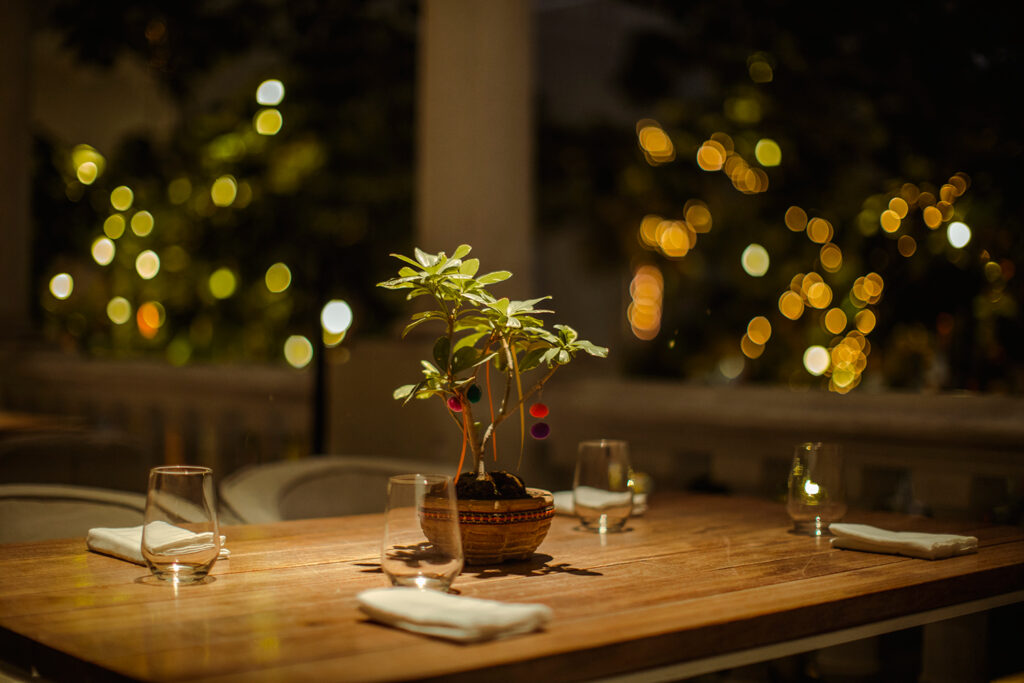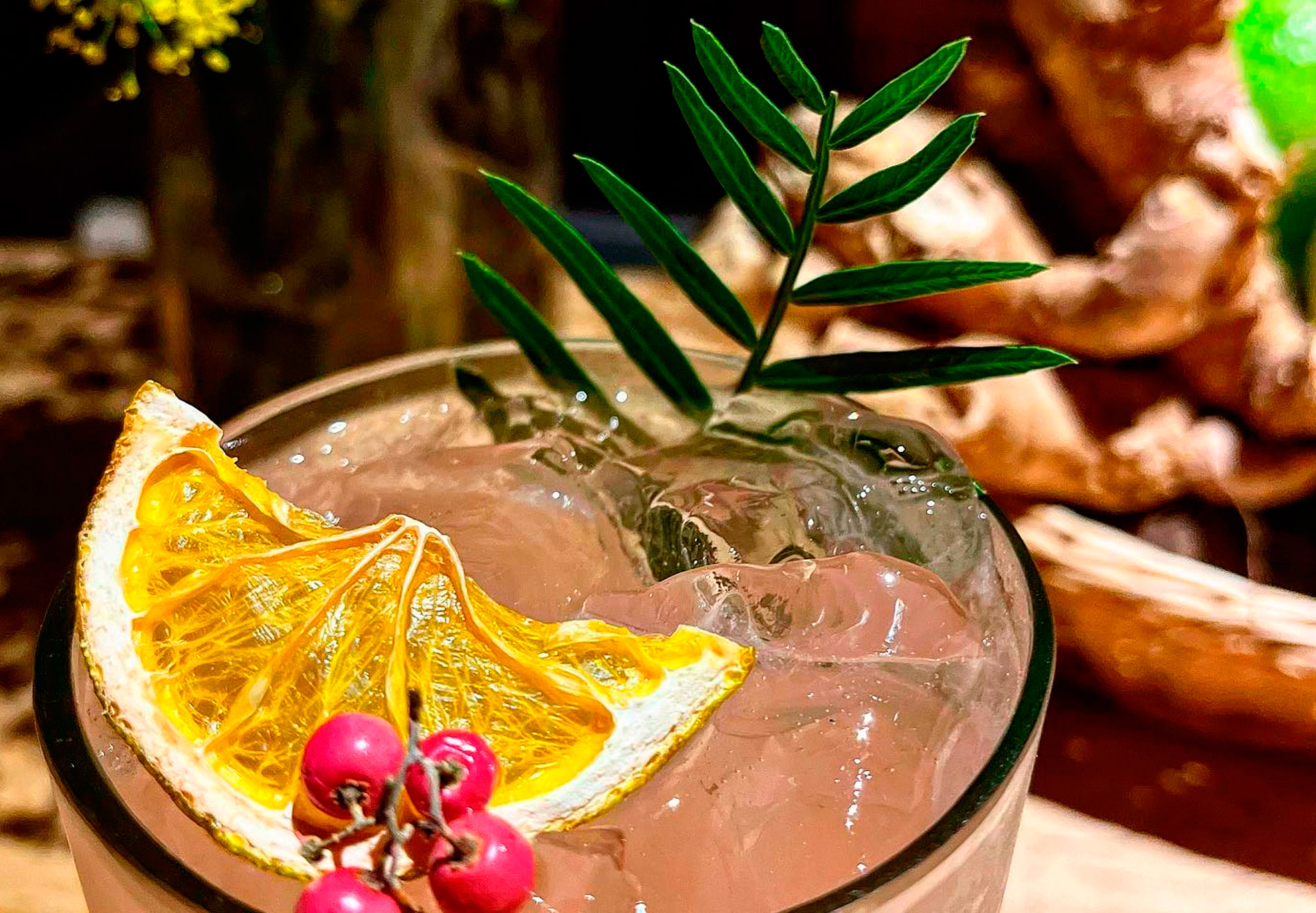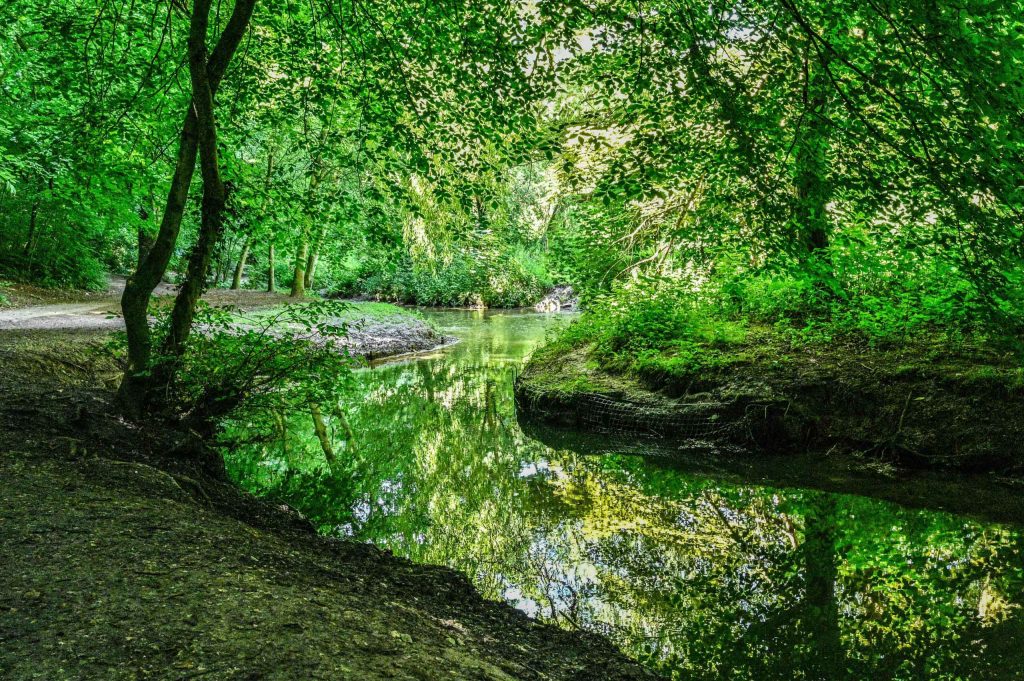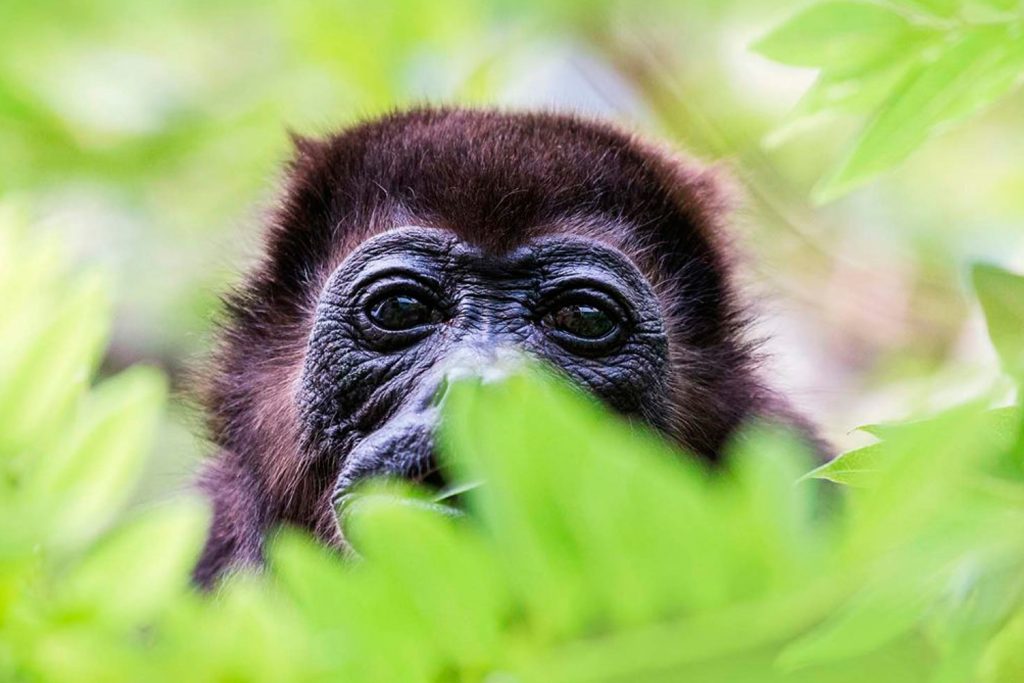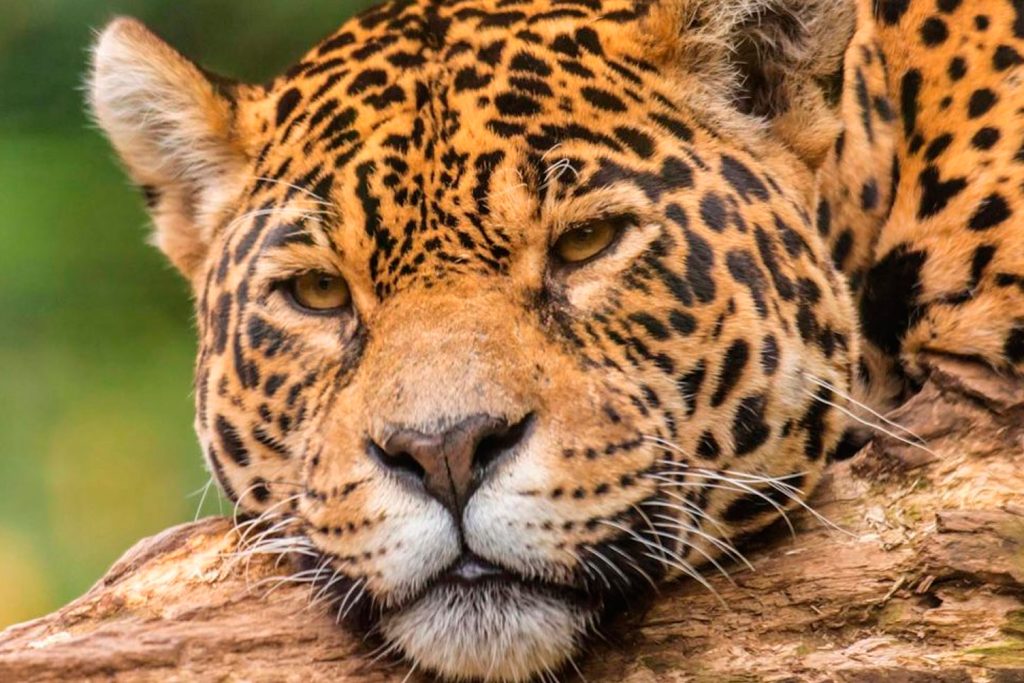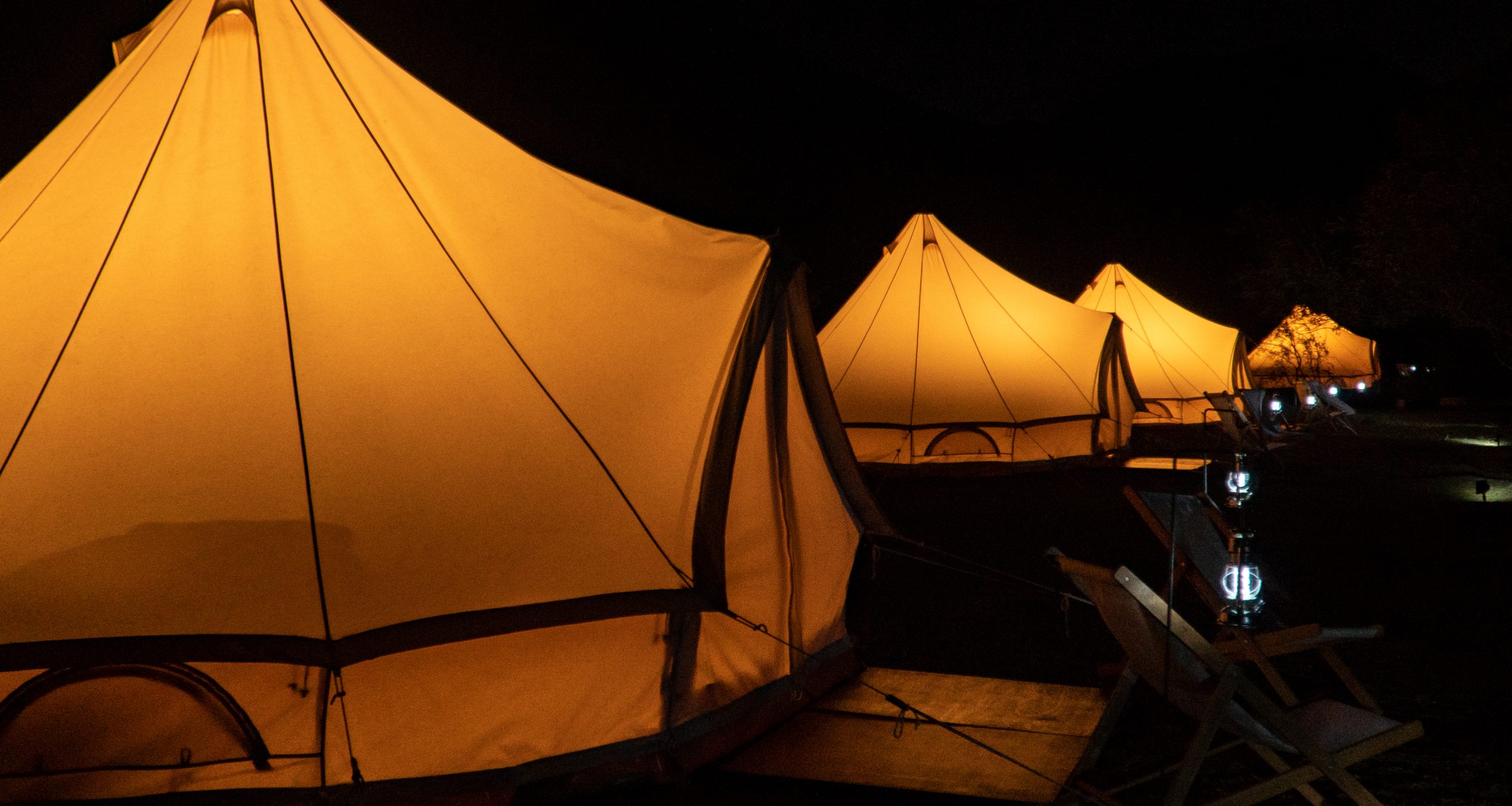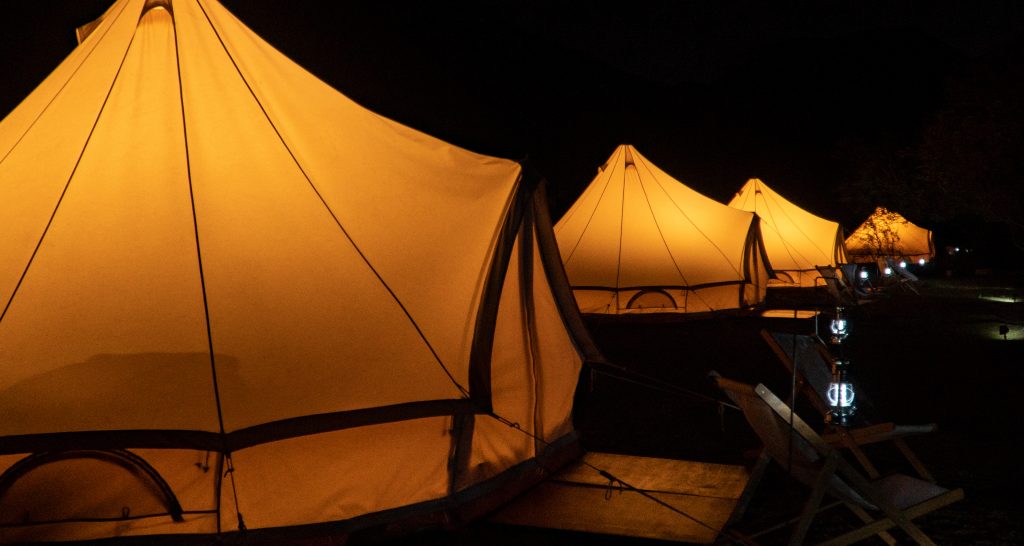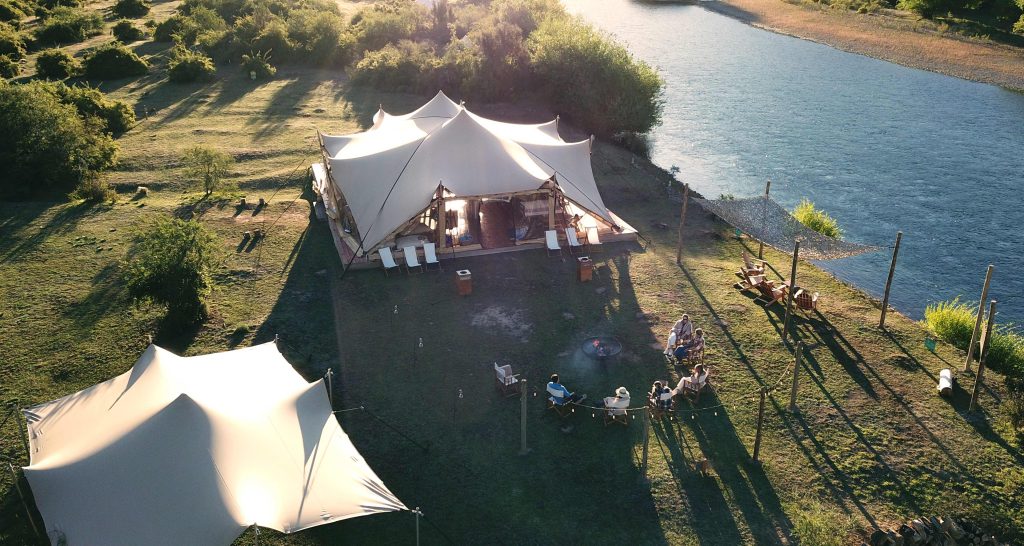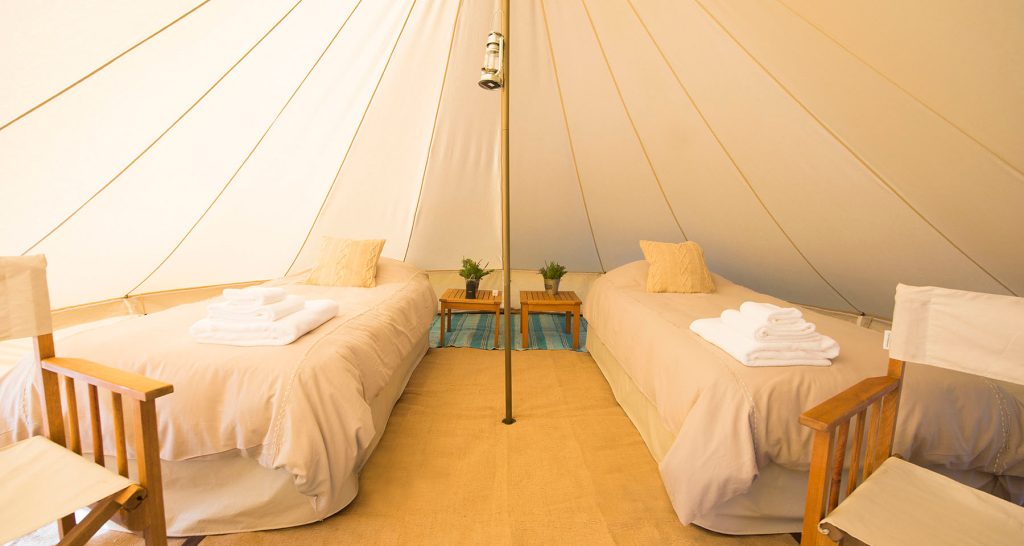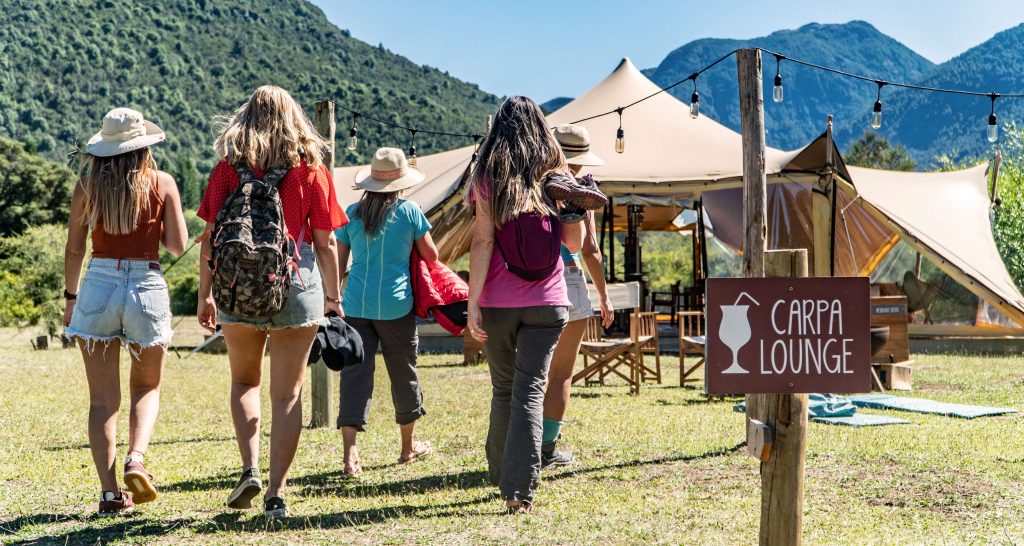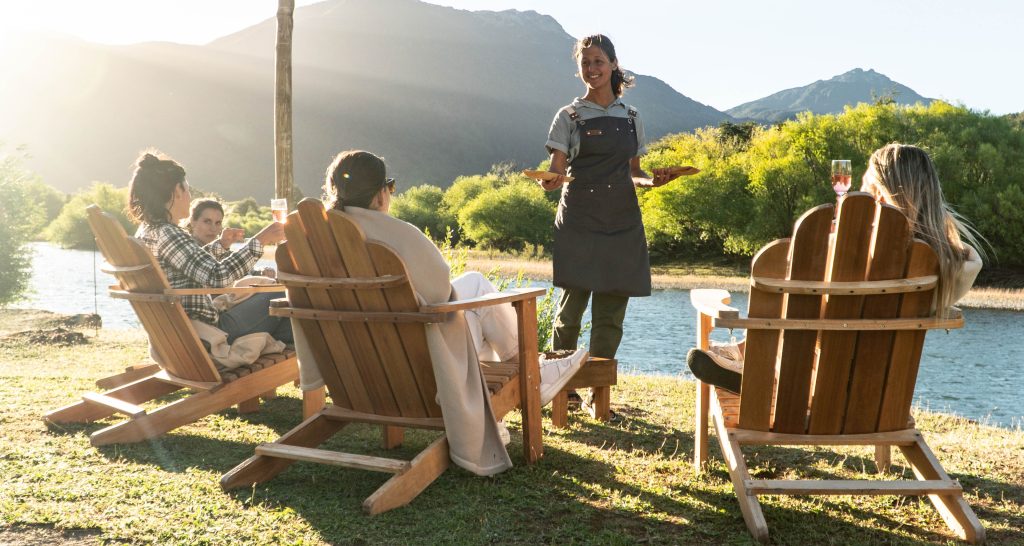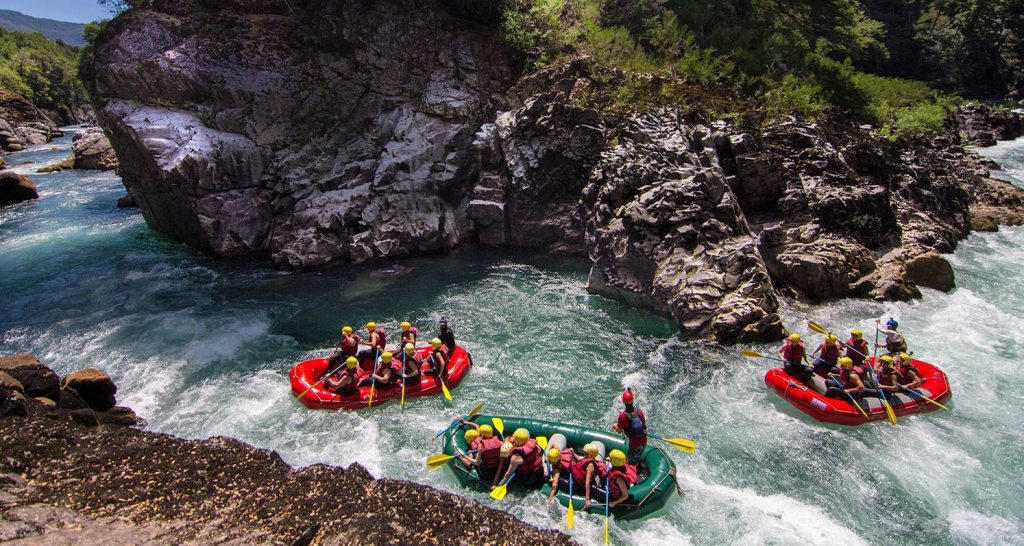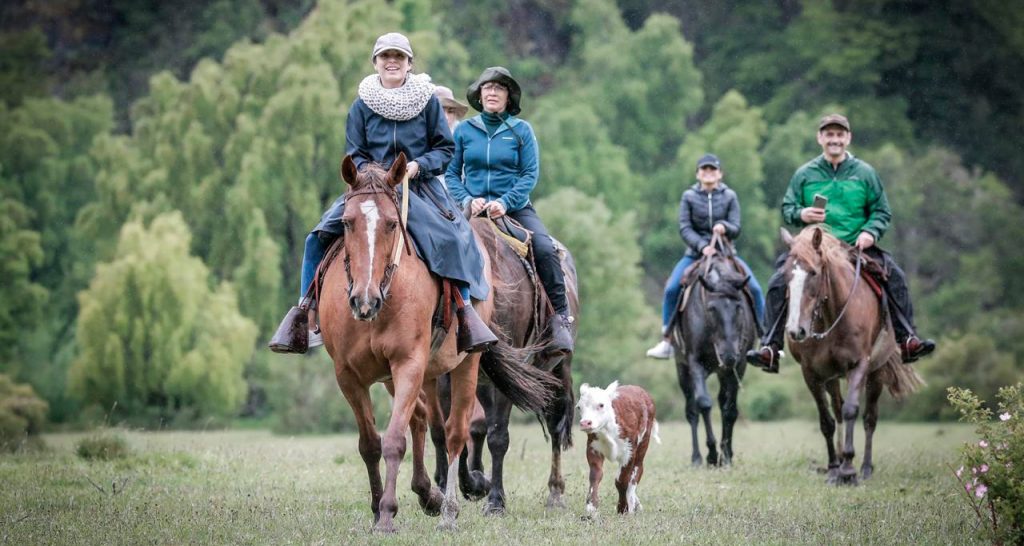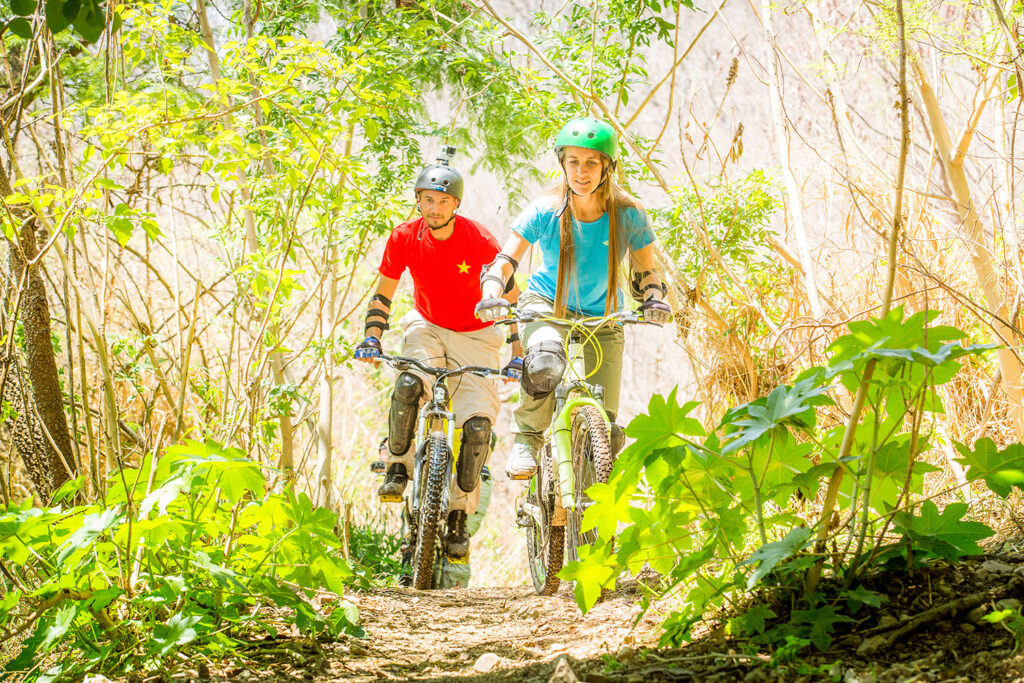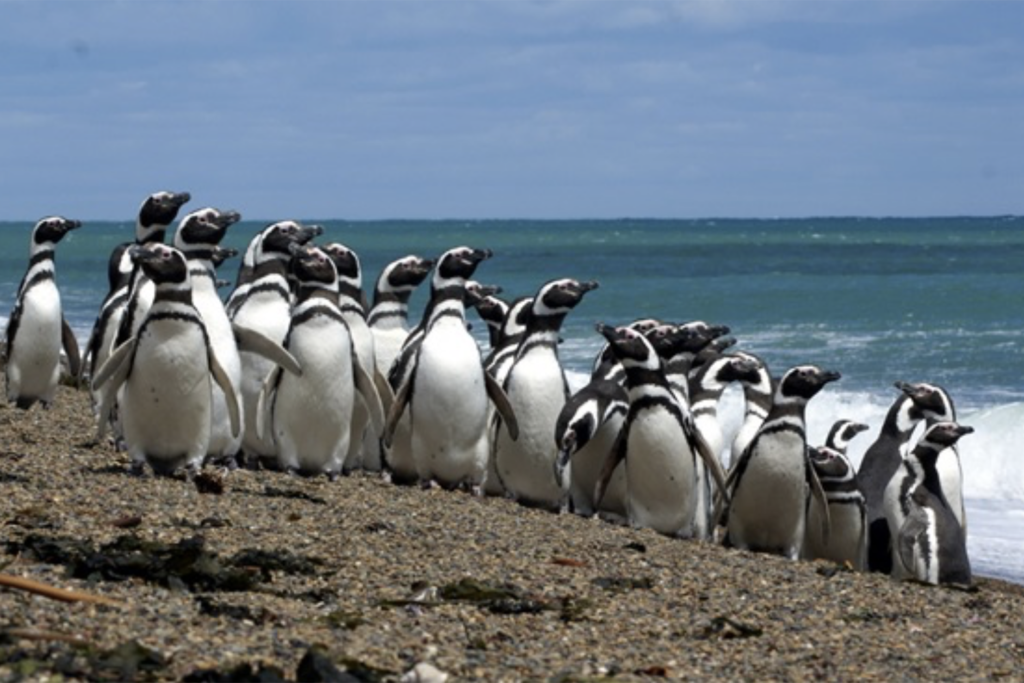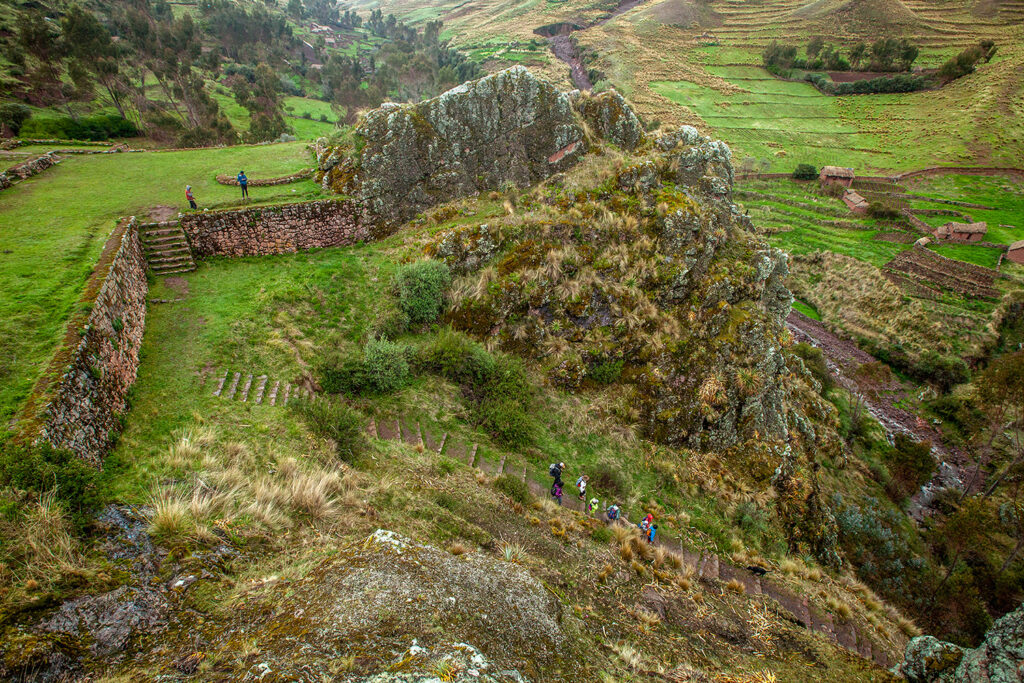Singular Culinary Experiences in the Sacred Valley
BEST PLACES TO EAT IN SACRED VALLEY IN PERU
Most tourists in Peru go straight from Cuzco to Machu Picchu without stopping. They miss what’s in between: the Sacred Valley where chefs take food and adventure to new heights. In the Sacred Valley chefs pick the region’s purple corn, local herbs (at an elevation of 11,000 feet above sea level) and 4,000 varieties of potato by the Andes mountains. Here, the earthy flavors are wholly different from ceviche, the coastal food for which Peru is globally known.
As you tour the sacred valley and explore Inca sites and local markets, take note of these places to eat in the Sacred Valley and elevate your Andean experience. It will be the highlight of your trip. Yummy!!!
Restaurants in Ollantaytambo
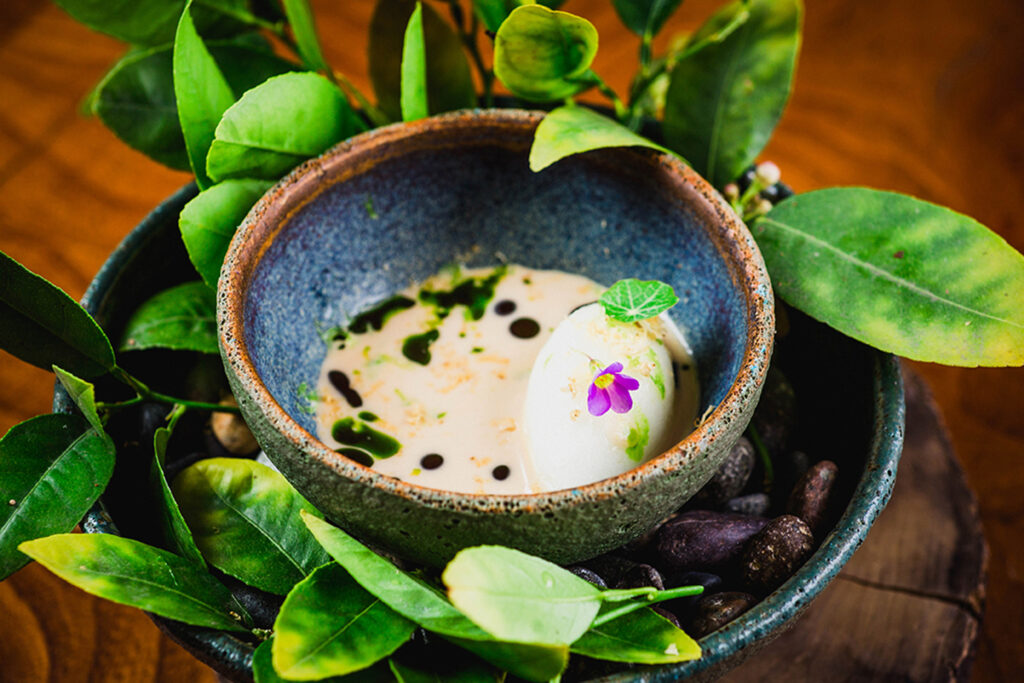
Chuncho
Located in the main square, it has a menu based on the flavors, ingredients and traditions of Ollantaytambo in the Urubamba valley and the Cusco region.
It mainly uses organic ingredients from its farm attached to the El Albergue hotel, while its bar makes the best cocktails in the region, using its own cañazo (a regional liquor made from sugar cane), whiskey and herbal liqueurs. The restaurant has phone charging stations built into the tables and a redesigned bar made from an old truck.
Phone: +51 979 797 638
Address: Chaupi Calle, Ollantaytambo 08676, Perú
El Albergue Restaurant & Café Mayu
Josefina Rimachi's hands are worth gold. The cook who gave temple to the menu of El Albergue Restaurant and who now runs the Chuncho stove, the successful traditional food proposal that Joaquín Randall inaugurated in 2018 in his native Ollantaytambo.
You will find a fusion menu with international dishes (homemade pastas, Ollanta’s best burger and a great brunch) with touches of the Andes (alpaca steak, tacu tacu). It’s a good place to set up a pachamanca lunch at their farm and you can also pick up coffee that they roast on-site, have a local beer while waiting for a train, or pick up a lunch box for Machu Picchu.
Phone: +51 84 204014
Address: Estación de Tren, Av. Ferrocarril 1, Ollantaytambo 08675, Perú
Pachar Taproom - Cervecería del Valle Sagrado
Just outside of Ollantaytambo, this tap room from the region’s best brewery has a menu of draft beers that are produced in the back (ask about a tour), like a red ale made with the seeds of the airampo cactus fruit and an American style pale ale, among others. They have a pub menu with dishes like yogurt fried chicken livers, a BBQ platter, and a few burgers.
Phone: 997-452-050
Address: Carretera Urubamba-Ollantaytambo
Places to eat in Urubamba
